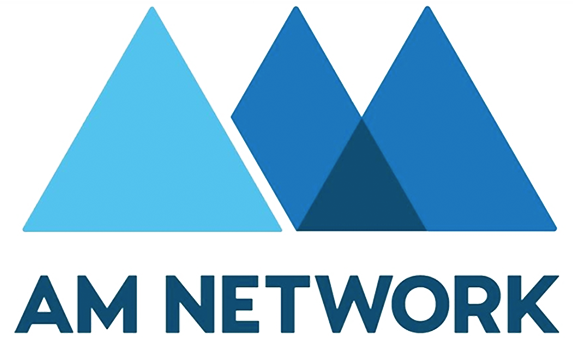GET TO KNOW US
About Us
We create value and sustainability
We exist to create value and sustainability in large, asset-intensive businesses by building and continually improving asset management practices and the subsequent delivery of leading asset performance.
This requires a significant shift in thinking and behaviour. This shift is needed to address the problems and opportunities that large, asset-intensive businesses have.
Common problems we Help with
People, processes, and assets including the essential activities across the life cycle phases of an asset are managed in siloes, or not managed within a fully integrated Asset Management Framework
Dysfunctional organisational structures exist with unclear or over-lapping roles, which in turn inhibit the development of high-performing teams and a culture of continuous improvement
Business processes and practices that may have once been in place, have been lost due to either turnover of key people or lack of proper document management – from our experience, knowledge seems to only remain in place for 2 to 3 years before things change
Business processes and practices contain non-value-adding activities and tasks across the phases of an asset’s lifecycle such as duplicated tasks or tasks that do not improve safety, risks, or performance
Asset capability, condition and/or mix does not match the demands of production and/or changing technology

VALUE
Value in this context, is based on analysing current asset performance and costs against aspirational targets to determine an anticipated potential financial value when targets are reached.
- Increased Revenue – improving throughput and quality at the production bottleneck assuming no other constraints
- Reduced Operating and Maintenance Expenditure – either one-off or year-on-year reduction in material, labour or services costs by improving asset lifecycle costs, including major component life and costs, and increasing the amount of planned maintenance
- Increased Capital Efficiency – reducing net assets and inventory value for example, reducing fleet numbers or deferment of capital due to improved AM practices
SUSTAINABILITY
Sustainability in this context, is based on moving from a reactive asset management culture to a proactive, high performance culture by implementing and embedding effective practices to manage the whole lifecycle of the assets needed by the organization.
- Better engagement, motivation, and commitment from management to the shopfloor – creating a culture that embraces change, challenges the status quo, and continually improves
- Better decision making through comprehensive documentation for assets, costs and work history (supporting ISO requirements)
- Corporate knowledge retention necessary to support a succession planning strategy and continuity of the business
- More effective, smarter ways of working using technology
- More reliable assets provides greater flexibility for the sales and marketing team in meeting market demands and changes – also reduces safety and environmental issues
You're in good hands
Our loyal and capable team is made up of experienced operational, asset management professionals and specialists from industry.
We have a great mix of:
- Managers
- Engineers
- Planners
- Supervisors
Covering:
- mobile fleets
- fixed plants
- infrastructure

